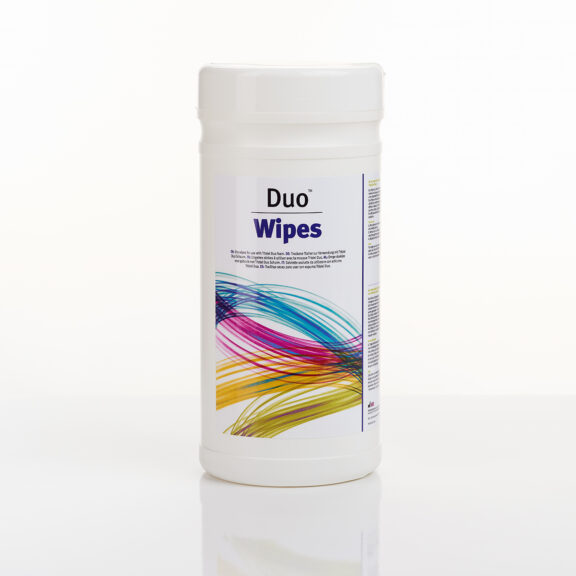A sporicidal disinfectant solution designed specifically for use on large surface areas such as floors and walls.
Product Code: TSL010214
Product information
- Chemistry
- Microbial efficacy
- Resources
-
Chemistry
Tristel Fuse for Surfaces utilises our proprietary chlorine dioxide chemistry, a well-documented and highly effective biocide that destroys microorganisms by taking electrons, ensuring they cannot develop resistance to the chemistry.
Our chlorine dioxide does not form hazardous by-products or halogenated compounds.
-
Microbial efficacy
Tristel Fuse for Surfaces is sporicidal, mycobactericidal, virucidal, fungicidal and bactericidal in five minutes. It has been tested and proven effective against a wide range of microorganisms, including:
- Pseudomonas aeruginosa
- Adenovirus Type 5
- Candida albicans
- Clostridium sporogenes
- Herpes Simples Virus (HSV) Type 1
- Staphylococcus aureus (MRSA)
- Coronaviruses
For the full list of microorganisms Tristel Fuse for Surfaces is effective against, please see the Microbiological Efficacy Summary.
-
Resources




